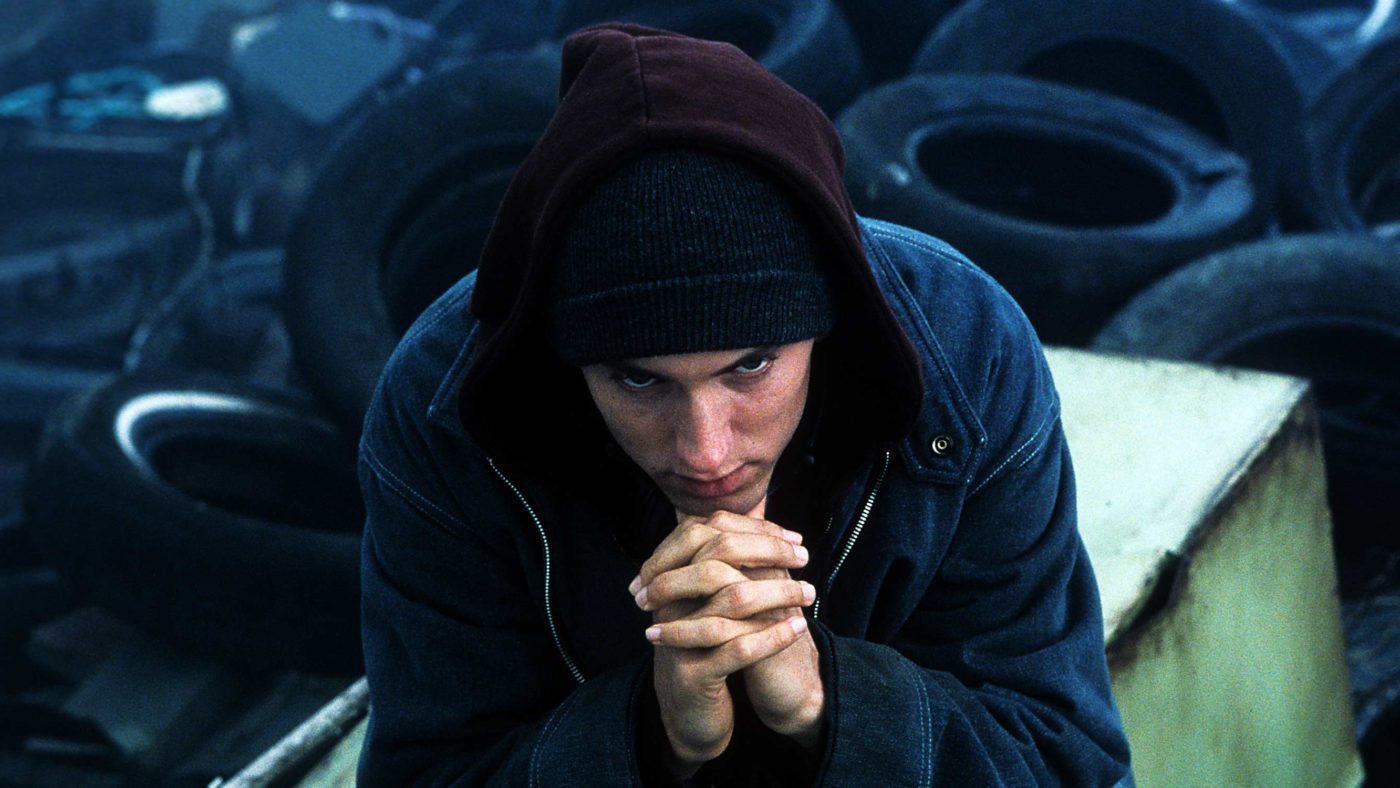The death of filmmaker Curtis Hanson will inevitably have people talking first and foremost about his detective noir masterpiece, LA Confidential.
But the film of his that sticks in my memory most is a more contemporary affair: 8 Mile. A perfect fusion of grim and gritty urban drama and superhero origin movie, it saw Eminem, as rapper B-Rabbit, overcome family drama, crippling public anxiety and his own self-destructive nature to set out on the path to stardom.
I found myself watching 8 Mile recently, and it was still as good as I remembered it. There was just one thing that stood out as starkly, hilariously ludicrous. In order to make money, Rabbit takes a job in one of Detroit’s many car plants – a stamping factory, to be precise. This is heavy, grimy, unskilled labour, which mostly seems to involve moving large sheets of metal from point A to point B.
If you went back to Detroit now, they’d still have urban poverty, and trailer parks, and even rap battles. But would there still be factories? Even if there were, would they still employ unkempt layabouts from the wrong side of the tracks? Or would they be full of better trained, better educated workers to look after the robots that had replaced the human labourers? (The answers, according to the statistics: maybe, no and yes respectively.)
I appreciate that this won’t be most people’s first thought on seeing the movie. But then, as Maslow’s law has it, if all you have is a hammer, everything looks like a nail. Similarly, if you write about automation, innovation and globalisation, everything looks like a useful case study. And on that score, it’s fascinating to see how quickly changes to the economy have made 8 Mile just as much of a period piece as LA Confidential.
This, indeed, could stand as a rebuttal to some of those who argue that the pace of technological change in our society is slowing down – that we came up with all the biggest and best ideas (cars, fridges, TVs, electric light) back at the start of the 20th century and most of what we’re doing today is just colouring in around the edges (for example, replacing the iPhone 6 with an iPhone 7 with a slightly better camera and slightly better waterproofing).
It’s only when you encounter films like 8 Mile that you realise how quickly things are moving: another few years, and those cars might have been made from hi-tech composites, ceramics or plastics rather than steel or aluminium, assembled without human involvement or supervision, driving themselves off the assembly line and on to the roads.
Another perfect example of this is the The Queen – the 2006 film set in the distant days of 1997. The most striking thing about it (apart from the idea, which younger readers may well be dumbstruck by, that Tony Blair was once genuinely, massively popular) is the TV sets: in every room, these great glowering black boxes sit, showing updates on Princess Diana’s death at the lowest of resolutions. I remember reading somewhere that finding these lumpy antiques was the hardest thing the props department had to do. And then you notice another thing: none of them are using mobile phones. (Whose ubiquity would, as has been repeatedly pointed out, ruin the plot of pretty much every horror movie, romcom or thriller ever made).
Obviously, as I mentioned above, I have a dog in this fight: I wrote a whole book recently about the pace and scale of change in our society, and the need to prepare for it. For example, if we don’t start thinking about what kinds of jobs kids like B-Rabbit are going to be able to do in 10 or 20 years’ time – or even right now – then we may well find there aren’t any for them to do at all.
These cultural time capsules, in other words, have a valuable lesson for us. When you’re in the middle of a journey, it’s often hard to see how fast you’re moving. It’s only when you look back that you see how far you’ve come.


